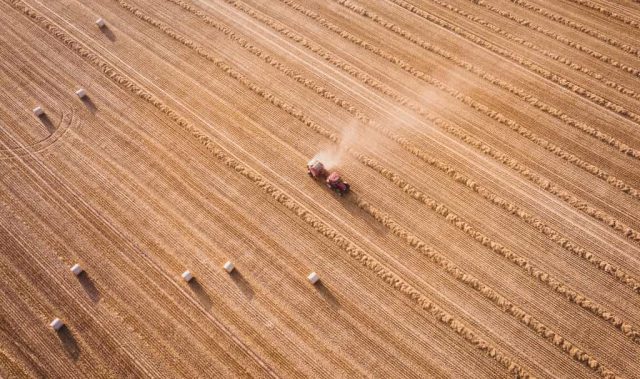
AsianScientist (Dec. 10, 2012) – New biological material created by scientists is so soft that it can flow like a liquid and then, strangely, return to its original shape.
In this month’s issue of the journal Nature Nanotechnology, researchers from China, Japan, South Korea, and the U.S. describe their new hydrogel which is made of synthetic DNA.
In addition to being the stuff genes are made of, DNA can serve as a building block for self-assembling materials by interlocking with other single strands that have complementary coding, like tiny organic Legos.
By synthesizing DNA with carefully arranged complementary sections, the researchers previously created short stands that link into shapes such as crosses or Y’s, which in turn join at the ends to form meshlike structures to form the first successful all-DNA hydrogel.
Trying a new approach, they mixed synthetic DNA with enzymes that cause DNA to self-replicate and to extend itself into long chains, to make a hydrogel without DNA linkages. Unexpectedly, the hydrogel they made flows like a liquid, but when placed in water returns to the shape of the container in which it was formed.
Examination under an electron microscope shows that the material is made up of a mass of tiny spherical “bird’s nests” of tangled DNA, about one micron (millionth of a meter) in diameter, further entangled to one another by longer DNA chains. It behaves something like a mass of rubber bands glued together: It has an inherent shape, but can be stretched and deformed.
Exactly how this works is unclear, but the researchers theorize that the elastic forces holding the shape are so weak that a combination of surface tension and gravity overcomes them; the gel just sags into a loose blob. But when it is immersed in water, surface tension is nearly zero – there’s water inside and out – and buoyancy cancels gravity.
To demonstrate the effect, the researchers created hydrogels in molds shaped like the letters D, N, and A. Poured out of the molds, the gels became amorphous liquids, but in water they morphed back into the letters.
The article can be found at: Lee JB et al. (2012) A mechanical metamaterial made from a DNA hydrogel.
——
Source: Cornell University.
Disclaimer: This article does not necessarily reflect the views of AsianScientist or its staff.












